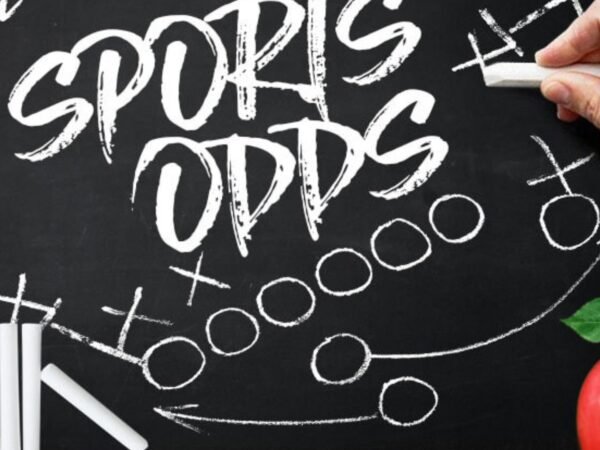|
Getting your Trinity Audio player ready...
|
Have you ever pondered the magic behind those tantalizing numbers displayed on betting slips? How do bookmakers arrive at the odds for sporting events, elections, or even reality TV show outcomes? The process, while complex, boils down to two key ingredients: probability and profit. Buckle up, gambling enthusiasts, as we delve into the fascinating world of odds calculation!

The Probability Puzzle
Imagine you’re staring down a betting slip, tempted by the tantalizing odds promising a potential windfall. But have you ever wondered what lies beneath those numbers? The answer lies in the intricate world of probability: the art of estimating how likely something is to happen. Bookmakers, the masterminds behind these odds, don’t rely on mere guesswork. They employ a team of data ninjas—analysts, statisticians, and even sports gurus—who meticulously dissect every detail that could influence an event’s outcome.
Think of these data ninjas as information sponges, soaking up past performances of teams or individuals, their current form (think winning streaks or injury woes), and even external factors like weather conditions. They don’t stop there, though. They also tap into the fickle pulse of public opinion, gauging which outcomes are attracting the most bets. By crunching these diverse data points through complex algorithms, they paint a picture of the likelihood of each possible outcome—the foundation upon which those odds are built.
Balancing the Scales
The Formula in Action
Beyond the Simple
Dynamic Adjustments
The magic doesn’t stop there. Odds are dynamic, and constantly evolving based on new information. Public betting patterns also play a crucial role. If a large number of bets pour in for one outcome, bookmakers might adjust the odds to balance their risk and potential payouts.
Final Thoughts
Understanding how bookmakers calculate odds can empower you as a bettor. While predicting the future remains impossible, knowing the logic behind the numbers can help you make informed decisions and potentially improve your chances of winning. Just remember, gambling should always be done responsibly and for entertainment purposes only. So, have fun, be smart, and may the odds be ever in your favour!
You will find the following information useful:

